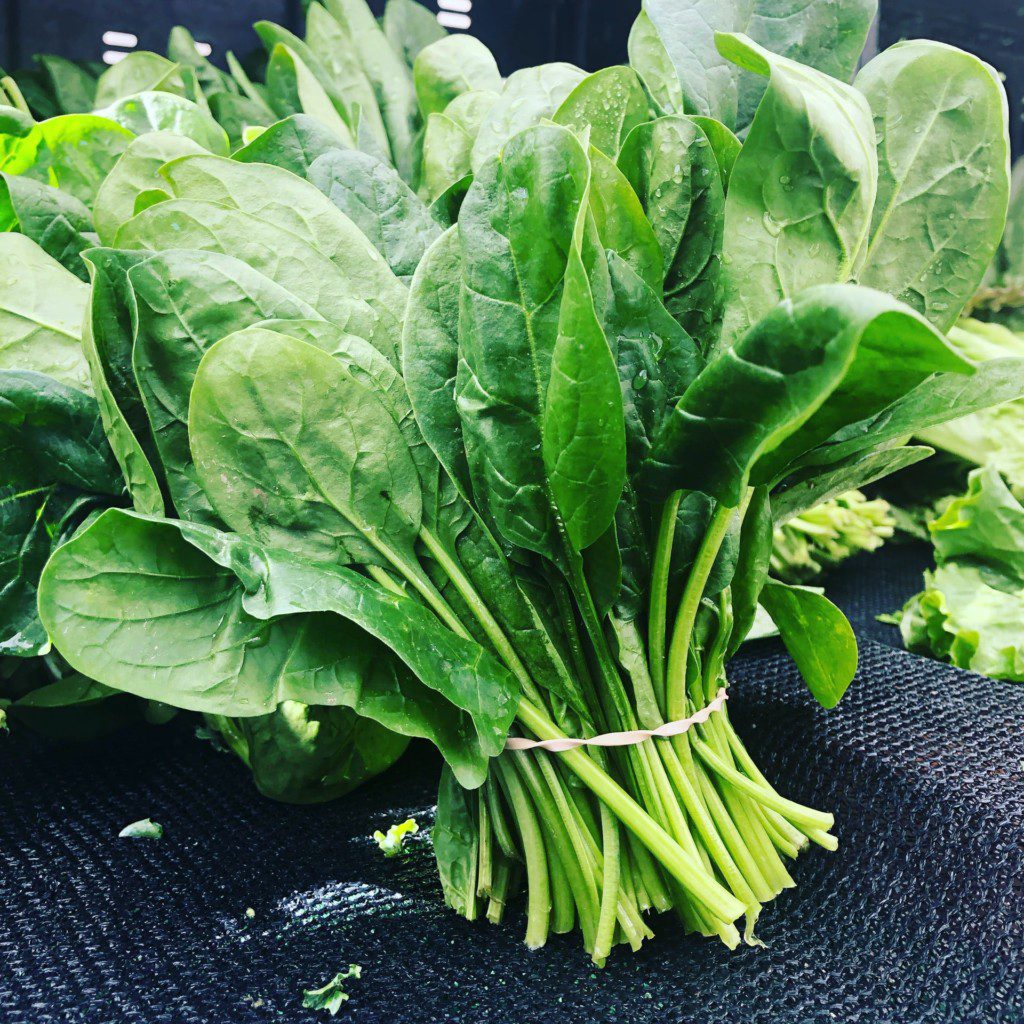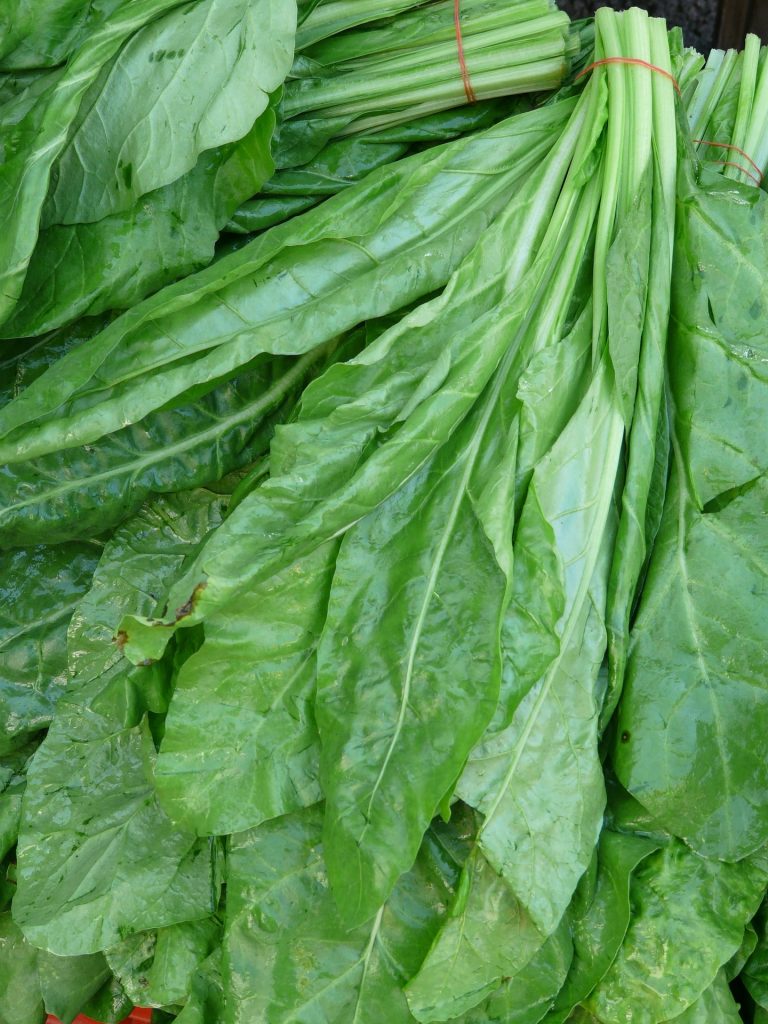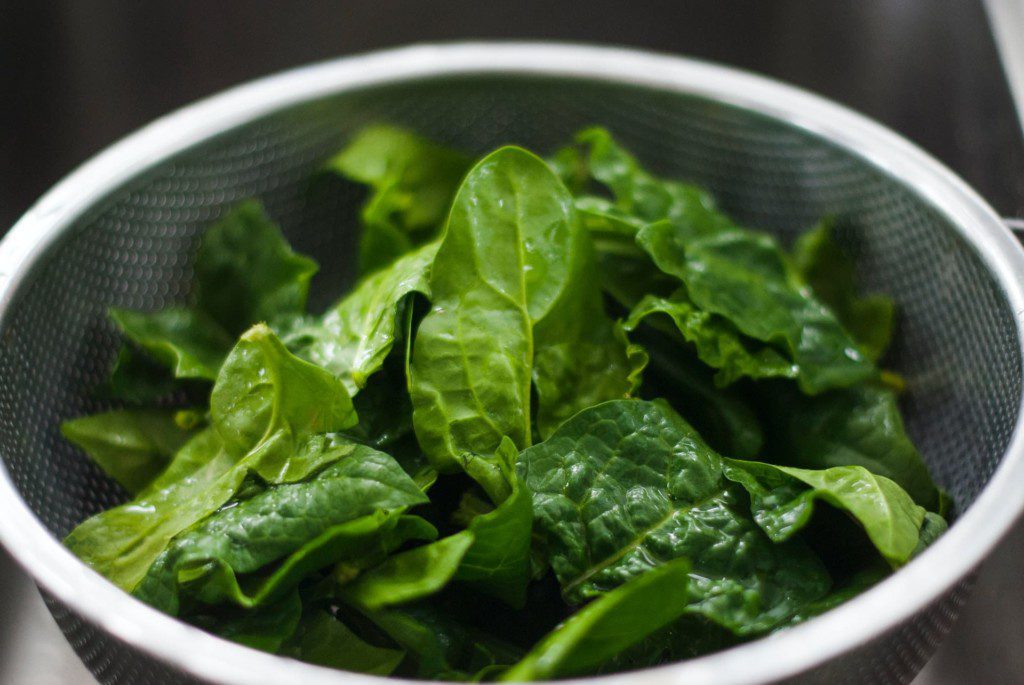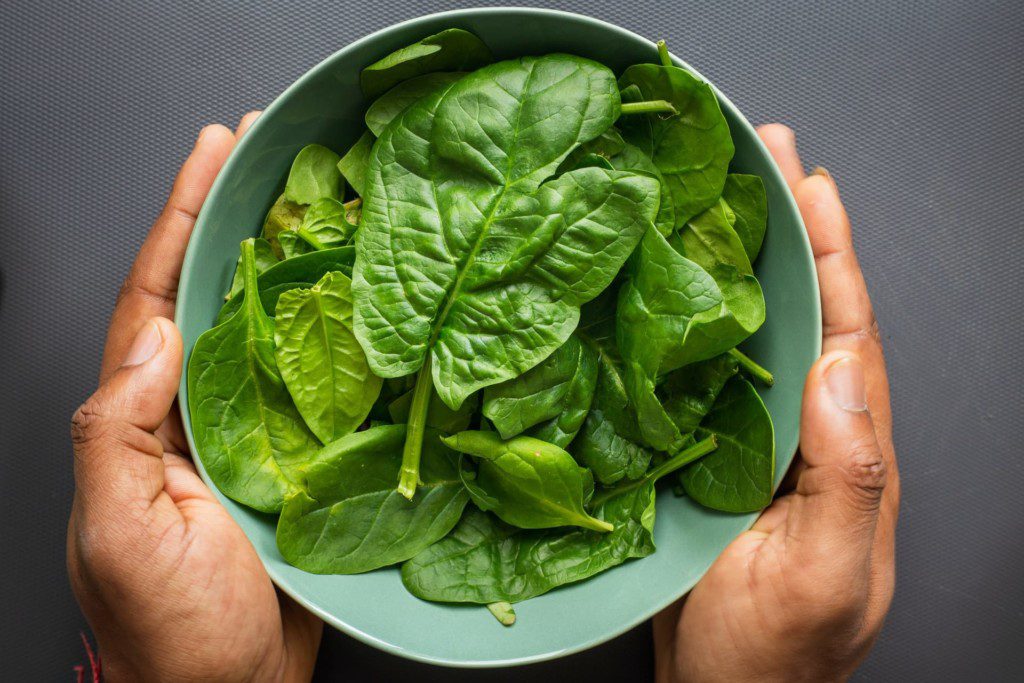What to do when you run out of fresh veggies? Frozen vegetables? Dehydrated vegetables? You will often see that in cooking, vegetables can be used in their dried forms as well. When fresh veggies are used in their dried forms, it means that all the water is dehydrated, and the resultant product is used. Now, some of you will say that it’s not a good option to use such forms of vegetables when fresh ones are readily available in the market. However, sometimes, a specific vegetable might not be in season or easily available, which is why dehydrated vegetables can come in handy. This is why today we will be discussing a unique form of dried vegetable, which has become quite popular in the recent decade – Dehydrated spinach.
Table of Contents
Spinach – A Healthy Green Leafy Vegetable
Spinach is one of the famous green leafy vegetables that are widely used in the world’s cuisine. Despite its origin in western and middle Asia, it can be found in most countries, owing to its high nutritional content and culinary uses.
The best part about this vegetable is that it can be used in different forms, whether it is fresh or dried. Since the leaves are high in water content, making dehydrated spinach is easy, and the resultant tastes much better. But the question that might pop in your mind is “can you dehydrate spinach”?
Methods To Make Dehydrated Spinach At Home

Rather recently, many people have been looking for various ways to make dehydrated spinach on their own. Even though top brands are selling the dry spinach and its powder, making this at home is rather easy. This is why we will be studying the methods for dehydrating them and making the leaves as brittle as possible for your next cooking session.
1. Using a dehydrator – Dehydrator is a special kind of device that helps dry the entire water content from a food item, leaving them crisp and brittle. Not only is it used to dry the vegetables, but also it can be used for meats, fruits, and even leafy vegetables like spinach or kale. So, here’s how you can use a dehydrator for making your own set of dehydrating spinach.
- Use cold water to wash the spinach leaves thoroughly. Since the vegetable is grown in the soil, small and large chunks of mud are attached to the leaves. Before washing, make sure you have removed the dead or the spoilt leaves from the step.
- Once washed, you can remove the long, hard stem, leaving behind the fresh, green leaves with their stalks. Do not forget to dry the leaves using a kitchen cloth or a paper towel.
- If you have planned to grind the spinach, you will have to chop them roughly into smaller bits.
- Place the leaves with a flat face on the tray in a singular layer. Leave enough space between the adjacent leaves to ensure that all of them are getting the heat uniformly.
- Once the leaves are arranged, put the tray in the dehydrator machine, and then set its temperature to a hundred and twenty-five degrees. You have to leave the tray inside for a minimum of five to six hours. Your spinach leaves might take longer if they are overlapping.
2. Using the oven – Many of you won’t have a dehydrator in your home, so here is a more suitable alternative. You can use the oven to dry the leaves and prepare a similar version of dehydrated spinach with ease. Let us learn how to dehydrate spinach in the oven.
- You need cold or regular tap water for washing the leaves and the stems thoroughly. Remove all the mud and soil chunks by repeated washing in case you are using garden-grown spinach stems. Look for dead leaves and remove them immediately. Once you are done with washing, you need to remove the thicker stems from the bundle.
- Chop up the spinach leaves into large pieces to make the dehydrating process quicker. Also, this rough chopping will help you to make the powder from the dried leaves with ease.
- Arrange the leaves in a single layer on the sheet. However, do not forget to cover the tray with a brown paper to avoid the leaves getting attached to the surface.
- Set the oven to a temperature of a hundred and fifty degrees. Leave the tray inside for half an hour. Check whether the leaves are brittle by the time. If not, you can keep the tray inside for another fifteen minutes. Do not forget to flip the leaves to ensure even heating.
- If you do not want to flip the leaves, you can use a cookie tray since they have perforations, which will allow the heat to work on both the sides.

3. Air drying – The last most technique that we will discuss for dehydrating without dehydrator is the air-drying technique. However, before you choose this way, make sure that the surrounding’s temperature is warm and your house is getting an ample amount of airflow. So, the best season for drying the spinach with this method is either spring or early summer.
- Wash the leaves with cold water to remove the dirt. You need to take out the dead leaves. Do not take out the larger stem like you have to do in the previous two steps.
- Dry the leaves partly by pressing them softly between paper towels. Do not dry the water completely since that wouldn’t help you in your drying technique.
- Use the bulkier stems and make a pile. With the stems facing outwards, tie a string around the base and make sure the loop is holding the entire pile easily.
- Hang the pile upside down by using the string as a medium. Leave the arrangement in a warm place with moderate airflow. Do not keep the leaves under direct sunlight.
So, these are a few ways you must know about how to dry spinach at home.
Nutritional Content of Dried Spinach

Since you now have a clear idea about ‘how to dehydrate spinach,’ let’s talk about this form’s nutritional content. This knowledge will help you to understand the dried leaves in a better way.
- Protein and carbs are present in equal quantities in the dried leaves.
- Little to zero water content will be there in the dehydrated form.
- No fat content.
- The dehydrating process won’t affect the vitamin and mineral content of the leaves.
Health Benefits of Drying Spinach

At the beginning only, we have discussed the conflict between people using fresh spinach and others preferring the dried form. Well, to end this conflict, the best way will be to discuss the health benefits of the dried spinach. However, before going into the benefits, you need to know that the nutritional content doesn’t change during dehydration. Hence, the dehydrated form will show the same effect as of the fresh leaves.
1. Good for immune health – Spinach leaves contain many vitamins and minerals, even in its dried form. You will have Vitamin A, Vitamin E, Vitamin B complex, iron, magnesium, etc. These elements will help your immune system to get stronger.
2. Good for eye health – The presence of retinol or Vitamin A makes the vegetable a good choice for keeping your eyesight healthy and properly functioning.
3. Promotes bone’s health – Spinach leaves contain a huge amount of Vitamin K which is responsible for maintaining the bone’s health in the first place. Apart from this, the presence of minerals like calcium and phosphorous aids in keeping the bones strong and healthy.
4. Have anti-microbial properties – One of the major health benefits of dehydrated spinach leaves is that they have anti-microbial properties. Hence, it will help your body stay safe against viruses, bacteria, and other microorganisms.
5. Rich in antioxidants – The dried leaves of the spinach vegetable have a lot of antioxidants in them. This bioactive molecule will help your body to fight against increased free radical’s concentration in the blood.
Culinary Uses Of Dry Spinach

Lastly, we will discuss the culinary uses of dehydrated spinach. Many dishes are made with this form, but we will be discussing the popular ones here.
- As a mixed herb powder for Italian seasoning in pastas and pizzas
- Dried chips can be used in sandwiches for a crunchiness.
- Best suited for being served in the chip form with spinach soup.
- For seasoning meats with the powder form along with thyme powder, pepper, and salt
- As a flavoring agent in southeast Asian soups and curry
Conclusion
We have discussed almost everything here about the dehydrated spinach. If you want to dry the leaves on your own, you must follow the steps carefully without a miss. But, if you are feeling lazy and want to have a readymade dehydrated form, you can try out the brands we have discussed here. Rest assured, you are going to enjoy your food with this dried vegetable form undoubtedly!
Disclaimer – This content including advice provides generic information only. It is in no way a substitute for qualified medical opinion. Always consult a specialist or your own doctor for more information before making any dietary changes.


